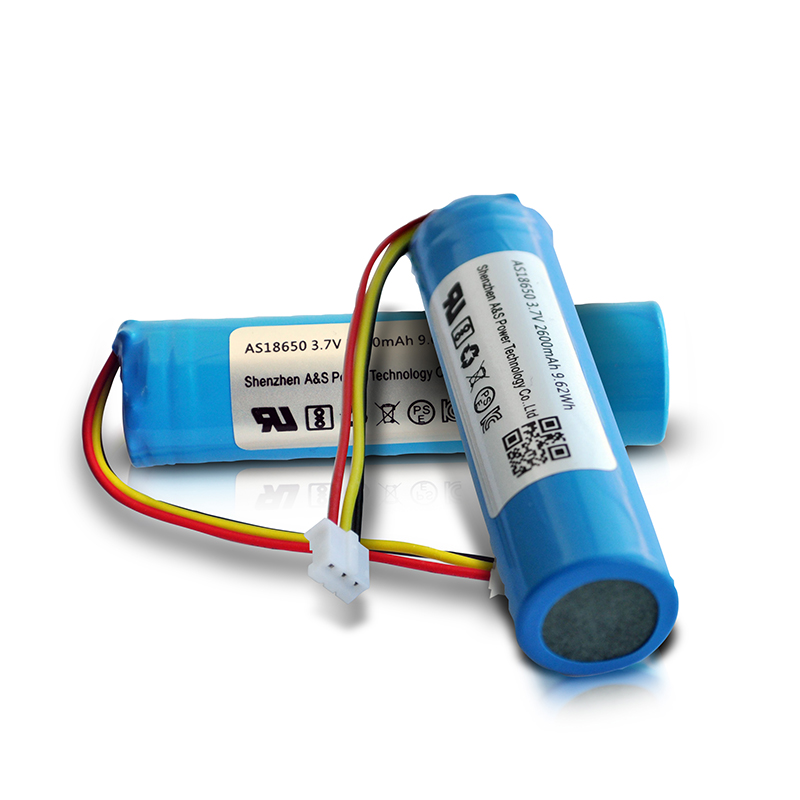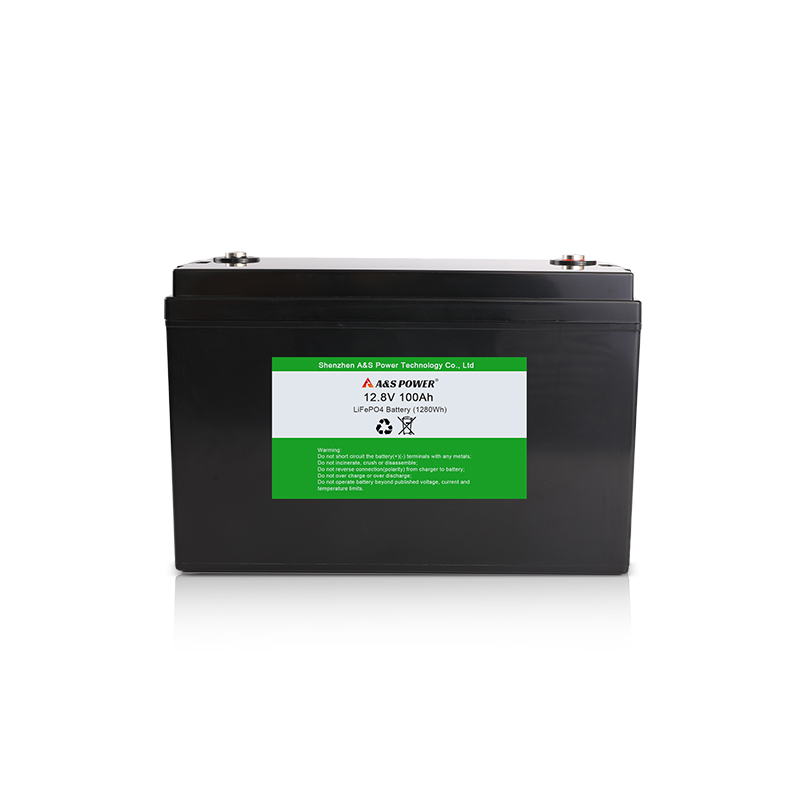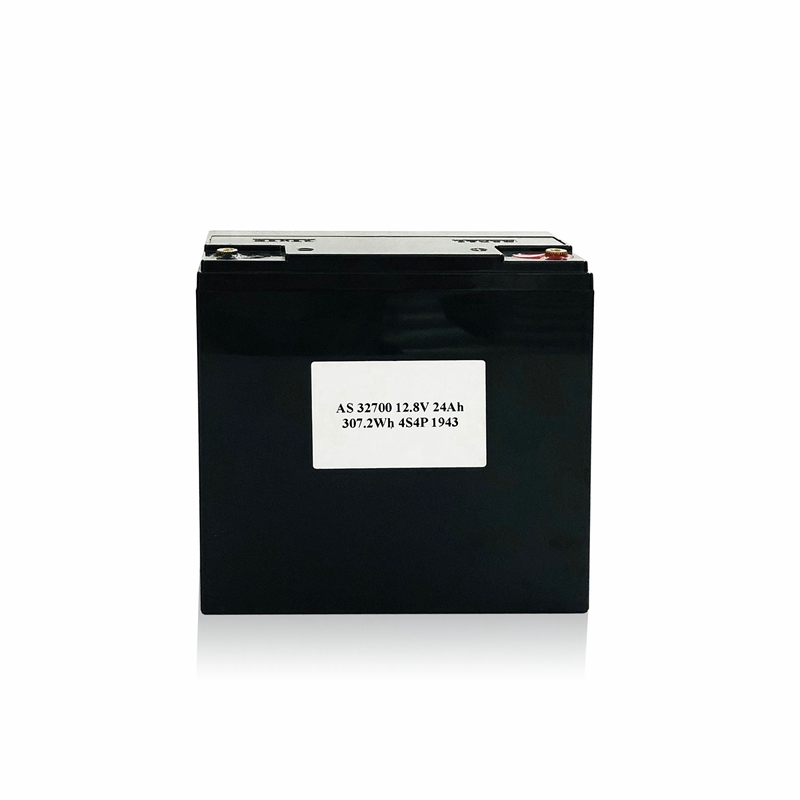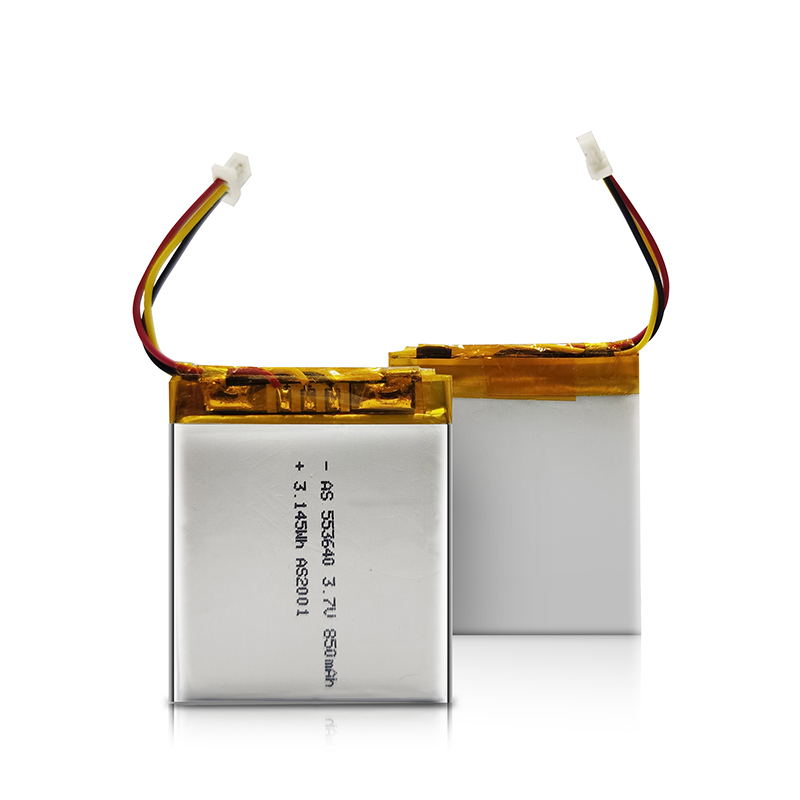12V 100Ah LiFePO4 Battery: Exploring Versatile Powerhouse
2024-04-25
12V 100Ah LiFePO4 battery, exemplified by offerings from manufacturers like Shenzhen A&S Power Technology Co., Ltd., represents a superior energy storage solution compared to lead-acid batteries. With its higher performance, lower maintenance requirements, and environmental advantages, LiFePO4 battery technology continues to drive innovation and progress towards a more sustainable future.
Introduction
1.1 Introduction to LiFePO4 Batteries
In the realm of rechargeable batteries, lithium iron phosphate (LiFePO4) batteries stand out as a robust and efficient option. LiFePO4 chemistry, as the name suggests, utilizes lithium ions and iron phosphate as its key components. Unlike traditional lithium-ion batteries, which commonly use cobalt oxide, LiFePO4 chemistry offers several distinct advantages.
1.2 Advantages over Other Battery Types
LiFePO4 batteries boast a remarkable stability and safety profile compared to other lithium-ion chemistries. They are inherently less prone to thermal runaway and are more resistant to overheating, making them a safer choice, especially for applications demanding high reliability. Additionally, LiFePO4 batteries offer a longer cycle life, typically enduring thousands of charge-discharge cycles without significant degradation.
1.3 Brief History and Development
The development of LiFePO4 batteries dates back to the late 20th century, with significant advancements occurring in the early 2000s. Researchers sought to address the safety concerns associated with other lithium-ion chemistries while maintaining high energy density and performance. Today, LiFePO4 batteries find applications across various industries, from automotive to renewable energy storage.
Technical Specifications of a 12V 100Ah LiFePO4 Battery
When considering a 12V 100Ah LiFePO4 battery, understanding its technical specifications is crucial for optimal utilization.
2.1 Voltage and Capacity Explanation
As the name suggests, a 12V 100Ah LiFePO4 battery operates at a nominal voltage of 12 volts, providing a capacity of 100 ampere-hours (Ah). This voltage level is compatible with numerous devices and systems, offering a reliable power source for various applications.
2.2 Weight and Size Considerations
One notable advantage of LiFePO4 batteries is their favorable energy density-to-weight ratio. While providing substantial power, they tend to be lighter and more compact compared to lead-acid equivalents. This characteristic makes them ideal for applications where weight and space constraints are significant considerations.
2.3 Charging and Discharging Characteristics
LiFePO4 batteries exhibit excellent charge and discharge characteristics. They can be charged at relatively high rates and are capable of delivering consistent power throughout the discharge cycle without significant voltage drops. This makes them suitable for applications requiring both high power output and reliable performance over extended periods.
Applications of 12V 100Ah LiFePO4 Batteries
The versatility of 12V 100Ah LiFePO4 batteries enables their deployment across a wide range of industries and applications.

3.1 Communication and Backup Electric Supply
In communication systems, such as interphones and backup power supplies, reliability is paramount. 12V 100Ah LiFePO4 batteries offer a dependable power source, ensuring continuous operation even during power outages or emergencies.
3.2 Electric Vehicles
From electric bicycles and golf carts to electric wheelchairs and larger vehicles like electric cars and buses, LiFePO4 batteries play a crucial role in the electrification of transportation. Their high energy density and long cycle life make them an excellent choice for powering electric vehicles efficiently and safely.
3.3 Power Tools and Illumination Devices
LiFePO4 batteries are widely used in power tools such as electric drills, saws, and hammers, providing cordless convenience without sacrificing performance. Additionally, they power illumination devices like solar batteries, emergency lights, and electric torches, offering reliable lighting solutions in various scenarios.
3.4 Portable Office and Video Devices
For portable office devices like laptops, PDAs, and printers, as well as video devices such as portable DVD players and televisions, LiFePO4 batteries provide a lightweight and long-lasting power source, enabling productivity and entertainment on the go.
3.5 Other Applications
The versatility of 12V 100Ah LiFePO4 batteries extends to various other applications, including remote-controlled models, toys, and small home appliances, where their compact size, high energy density, and safety features are highly advantageous.
A Comparative Analysis: LiFePO4 vs. Lead-Acid Batteries
When it comes to energy storage solutions, the choice between lithium iron phosphate (LiFePO4) and lead-acid batteries often arises. Here, we delve into a comparative analysis to understand the performance, maintenance, and environmental impact of these battery technologies.
4.1 Performance Comparison in Terms of Cycle Life
LiFePO4 batteries exhibit a significantly longer cycle life compared to lead-acid batteries. While lead-acid batteries typically offer around 300-500 charge-discharge cycles, LiFePO4 batteries can endure upwards of 2000 cycles or more. This superior cycle life makes LiFePO4 batteries a more cost-effective and sustainable option in the long run.
4.2 Charging Efficiency and Maintenance Requirements
LiFePO4 batteries boast higher charging efficiency than lead-acid batteries, typically achieving charge rates of 80-90% compared to 50-60% for lead-acid counterparts. Additionally, LiFePO4 batteries require minimal maintenance due to their sealed construction and lack of electrolyte spillage or water refilling needs, unlike lead-acid batteries which demand regular maintenance to ensure optimal performance.
4.3 Environmental Impact and Safety Considerations
From an environmental perspective, LiFePO4 batteries offer several advantages over lead-acid batteries. They contain fewer toxic materials and are more easily recyclable, reducing the environmental impact of battery disposal. Moreover, LiFePO4 chemistry is inherently safer, with lower risk of thermal runaway and fire compared to lead-acid batteries, enhancing both user safety and environmental sustainability.
Tips for Proper Maintenance and Care of LiFePO4 Batteries
To maximize the performance and lifespan of LiFePO4 batteries, it's essential to follow proper maintenance practices.
5.1 Charging Best Practices
When charging LiFePO4 batteries, it's recommended to use a compatible charger specifically designed for lithium iron phosphate chemistry. Avoid overcharging or undercharging, as both can adversely affect battery performance and longevity. Additionally, ensure that the charging voltage and current settings are within the specified limits provided by the battery manufacturer.
5.2 Storage Guidelines
During storage, LiFePO4 batteries should be kept in a cool, dry place away from direct sunlight and extreme temperatures. Ideally, batteries should be stored at a partial state of charge (around 50-70%) to minimize stress on the cells. Periodically check the state of charge and recharge if necessary to prevent deep discharge or overdischarge.
5.3 Monitoring and Troubleshooting Common Issues
Regular monitoring of battery voltage, temperature, and overall performance can help detect any potential issues early on. If abnormal behavior or performance degradation is observed, such as excessive self-discharge or reduced capacity, it's important to investigate and address the root cause promptly. Consultation with the battery manufacturer or a qualified technician may be necessary for troubleshooting and resolving complex issues.
Future Trends and Innovations in LiFePO4 Battery Technology
Looking ahead, ongoing research and development efforts are focused on advancing LiFePO4 battery technology to meet evolving energy storage needs and address emerging challenges.

6.1 Increasing Energy Density
Researchers are exploring various approaches to increase the energy density of LiFePO4 batteries, allowing for higher capacity within the same form factor. This could enable more compact and lightweight battery solutions with enhanced performance for a wide range of applications.
6.2 Integration with Renewable Energy Systems
LiFePO4 batteries are increasingly being integrated into renewable energy systems, such as solar and wind power installations, to store excess energy for later use. As the demand for renewable energy continues to grow, LiFePO4 batteries offer a reliable and sustainable storage solution to complement intermittent renewable energy sources.
6.3 Potential Applications in Emerging Industries
The versatility and safety of LiFePO4 batteries open up possibilities for their use in emerging industries such as electric aviation. With advancements in battery technology and infrastructure, LiFePO4 batteries could play a pivotal role in powering electric aircraft, drones, and other aerial vehicles, contributing to a cleaner and more efficient transportation ecosystem.
Conclusion
12V 100Ah LiFePO4 battery, exemplified by offerings from manufacturers like Shenzhen A&S Power Technology Co., Ltd., represents a powerful and versatile energy storage solution. With its robust chemistry, technical specifications, and diverse applications, it continues to drive innovation across industries, powering a greener and more sustainable future.











